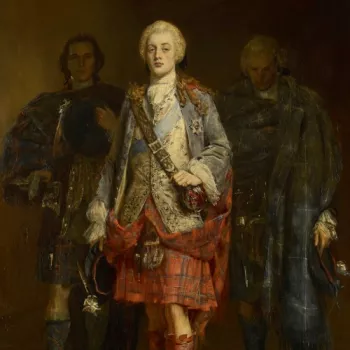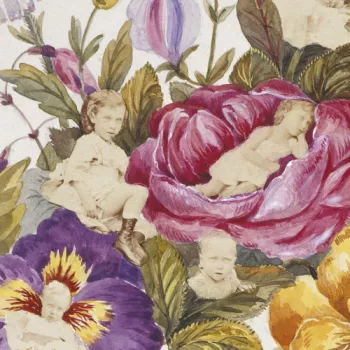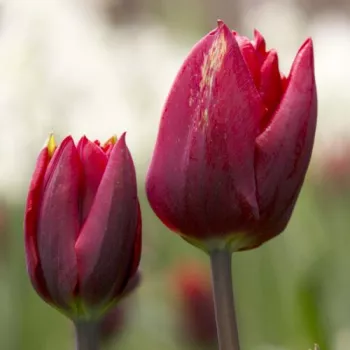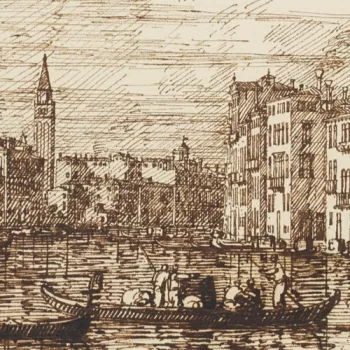Art for wellbeing
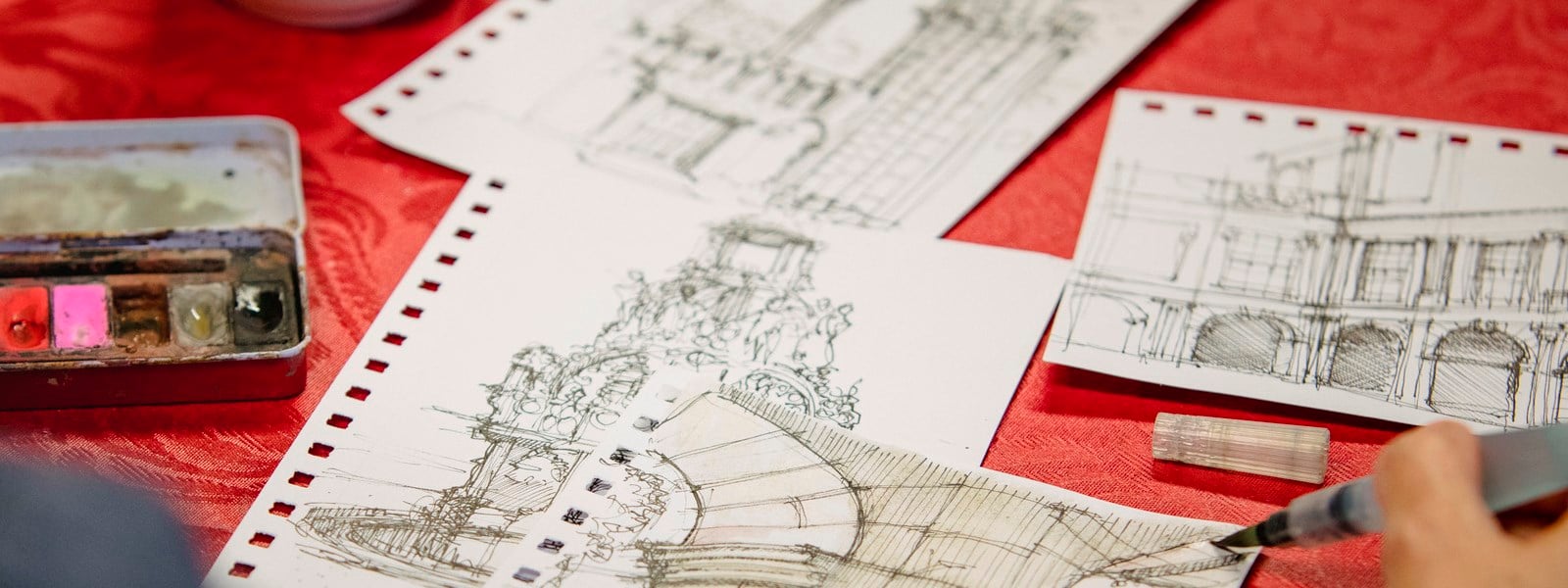
During busy or stressful periods, allowing ourselves a little time to engage in simple, playful and intuitive art activities can encourage mindfulness and relaxation.
Whether young or old, and whatever your level of artistic ability, we have a range of ideas for art activities that will relax and inspire.
1. Take your pen for a walk
You will need: a pen; coloured pens or pencils; paper
Using a pen or felt-tip, let go of structured thinking and draw one fluid, continuous line on your paper, making abstract shapes as you go. When you have finished, observe what you have drawn. Can you see any familiar outlines? Fill the shapes with block colour or patterns using coloured pencils or pens.
2. Mindful painting
You will need: a selection of coloured paints; brushes, sponges and mark-making equipment; paper
Try to switch off your mind and follow your intuition for this activity – you may find that your thoughts and feelings are expressed through the image you create.
Set out a selection of coloured paints and some different sized brushes, sponges and other mark-making equipment (an old toothbrush and other household items make great additions). With your paper in front of you, reach for the first colour you are drawn to and choose what to paint with. Begin to paint, using any technique you are comfortable with. Try not to think too much about the process – approach it in a playful way. Continue to create colour, texture, pattern and shape, experimenting with brush strokes and repetition as you go.
3. Draw in response to music
You will need: instrumental music of your choice; art materials, such as pastels, paint, coloured pencils or pens; paper
This activity uses music to inspire art. Choose a piece of music you enjoy – any style, from classical to jazz, is perfect, with instrumental pieces working best. When you have chosen your music, set out your paper and drawing or painting materials, using a selection of colours.
You might prefer to listen to the music without drawing first, or you might want to begin straight away. As you listen to the music let your response flow onto the paper, connecting the sound with the visual. Notice the tempo, instruments and feelings that are evoked and the images that come to mind.
4. Make a mandala
You will need: black and coloured pens or pencils; compass or plate or bowl; a selection of natural objects; paper
The circular mandala is believed to represent the artist and can be a created as a form of self-expression. Mandalas can be drawn, formed in sand or from natural objects, or made in many other ways. You can see an example of a mandala here.
Begin by drawing a circle on your paper using a compass or tracing a plate or bowl. Mark the centre point and begin to draw from there. Some mandalas are made up of geometric shapes and others are more organic.
Natural objects such as pebbles, sea glass, shells, leaves and flowers can make beautiful mandalas. These can be created indoors or outdoors. Using a flat surface, lay out your collection of objects and, beginning at the centre point, create your mandala. Natural mandalas can be photographed to create a record of your art.
5. Collage
You will need: a base (thick cardboard or a canvas are both ideal); PVA glue; a selection of images, paper and objects
Collages can take the form of any theme and involve collecting, arranging and sticking paper or other materials onto a base of any shape. Here are some ideas:
- An ‘all about me’ or autobiographical collage could incorporate images and objects that have a personal meaning – for example, photographs, travel tickets, drawings, cut-out images and text.
- Try creating a calming collage using colours, patterns, images and words that you find soothing. You might paint your own coloured paper to add to your collage, or you could find patterns and images in brochures, magazines and photographs.
- Create a picture using collage, for example an animal or landscape.
Paper can be cut or ripped to add different textures to your collage. A final coat of PVA glue over your collage will make it more durable.




